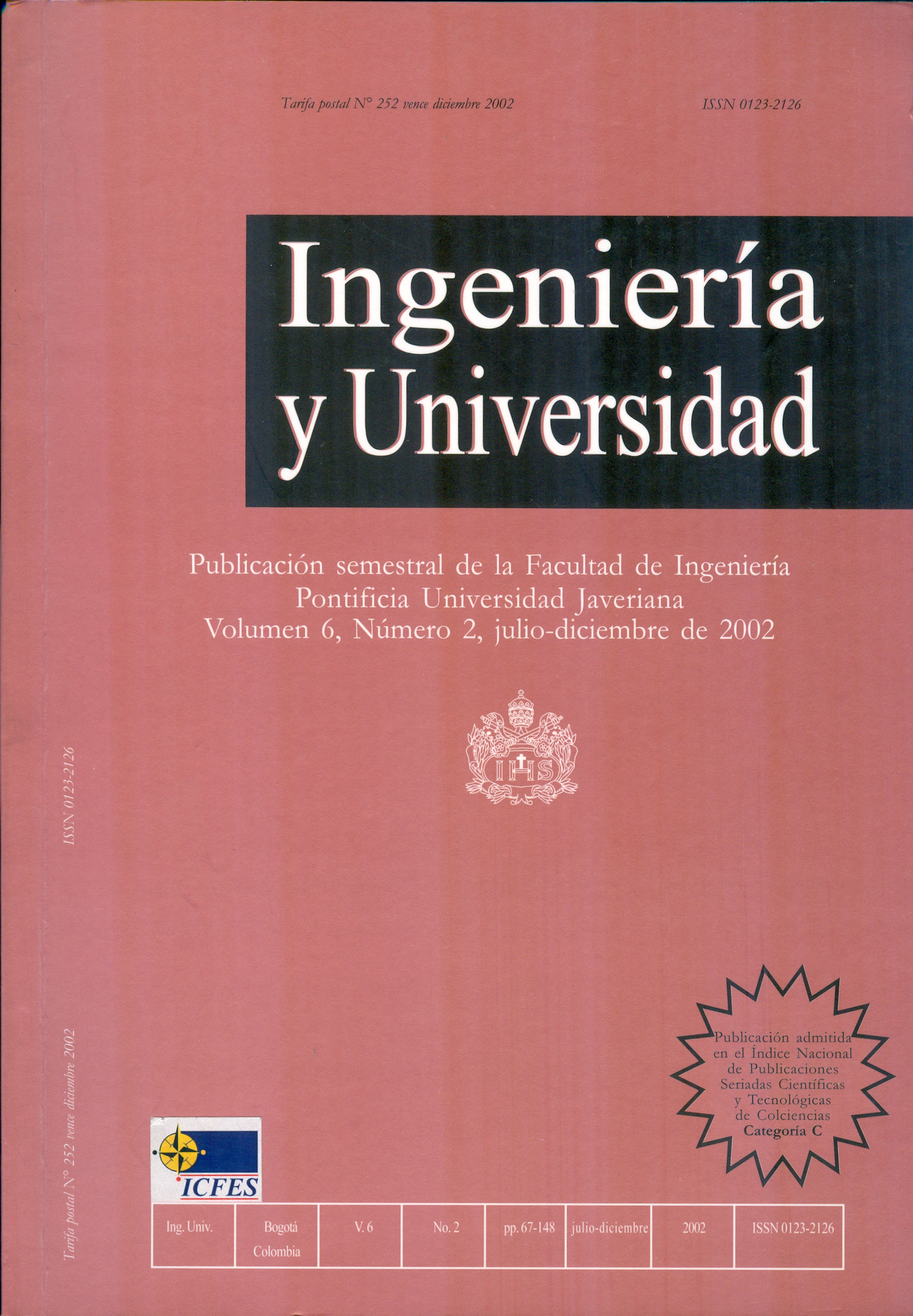Abstract
The World Bank HDM-4 (Highway Development Management) model, must be adjusted to the speciiic conditions of a countIy or región where theyare to be used. This work presents the results of the análisis that madepossible the deterrninaüon of the adjustment factors corresponding to the roughness model (IRI) for Chile and offers a comparison of these results with the results obtained from the HDM-III (Highway Design and Maintenance Standards Model) calibrated models. This anaJysis employed the windows methodology, which in essence allows the generation of a typical pavement's perfonnance curve, based on the deterioration data observed in pavements with dilferent ages from roads that ha ve similar traftic levels, structural capacities and climetic condiüons. The study evaJuated the condition of 141 test sections and grouped them into cetegories representing the most common configuraüons founded in Chile. The caJibraüons achieved by this study for HDM-III reflects the tendency observed in previous studies, i.e., that the proposed calibration factors offer a high level of reliability for Chile. The HDM-4 calibration factors achieved on this study allowed tnvestigetors to minimize the estimated error ofthe predictions made for the studied cases. However, in some particular cases, tnvestigetors detected inconsistencies in the HDM-4 software that would impede its immediate implementation. Finally, this study offers suggestions to those who may need to conduct similar calibration studies.
BENNETT, C. R., D. O. PATERSON (2000), A Guide to Calibration and Adaptation of HDM-4. The Híghway Development and Management Series, Vol. 5, Association Mondiale de la Route, AlPCR.
DE SOLMINIHAHC, H. (,1998), Gestión de infraestructura vial, Santiago de Chile, Pontificia Universidad Católica de Chile.
DE SOLMINIHAHC, H. (1989), Plan de control y seguimiento de pavimentos asfáltico, Santiago de Chile, Ministerio de Obras Públicas y Pontificia Universidad Católica de Chile.
DESOLMINIHAHC, H., M., SALGADO, P., HIDALGO (2001), Estudio seguimiento para la calibración de modelos de deterioro de pavimentos asfálticos, Santiago de Chile, Ministerio de Obras Públicas y Pontificia Universidad Católica de Chile.
KANNEMEYER, L.A.T., VISSER (1996), Calibration of HDM-III Perfomance Models for Use in Pavement Management ofSouthAfrican National Roads, Washington D.C., Transportation Research Record 1508, Transportation Research Board, National Research Council.
ODOKI, J. B., H. G. R. KERALI (2000), Analytical Framework and Model Descriptions. The Híghway Development and Management Series. Vol. 4, Association Mondiale de la Route, AIPCR.
VIDELA, C. (1992), Estudio para la evaluación de la eficacia de la conservación en pavimentos asfálticos. Sistema de gestión de pavimentos UIMP, Santiago de Chile, Ministerio de Obras Públicas y Pontificia Universidad Católica de Chile.
VIDELA, C., H., DE SOLMINIHAC, R. GAETE, M. BUSTOS (1996), Ajuste de factores de calibración para ampliar modelos de deterioro de pavimentos asfálticos. Santiago de Chile, Ministerio de Obras Públicas y Pontificia Universidad Católica de Chile.

This work is licensed under a Creative Commons Attribution 4.0 International License.


